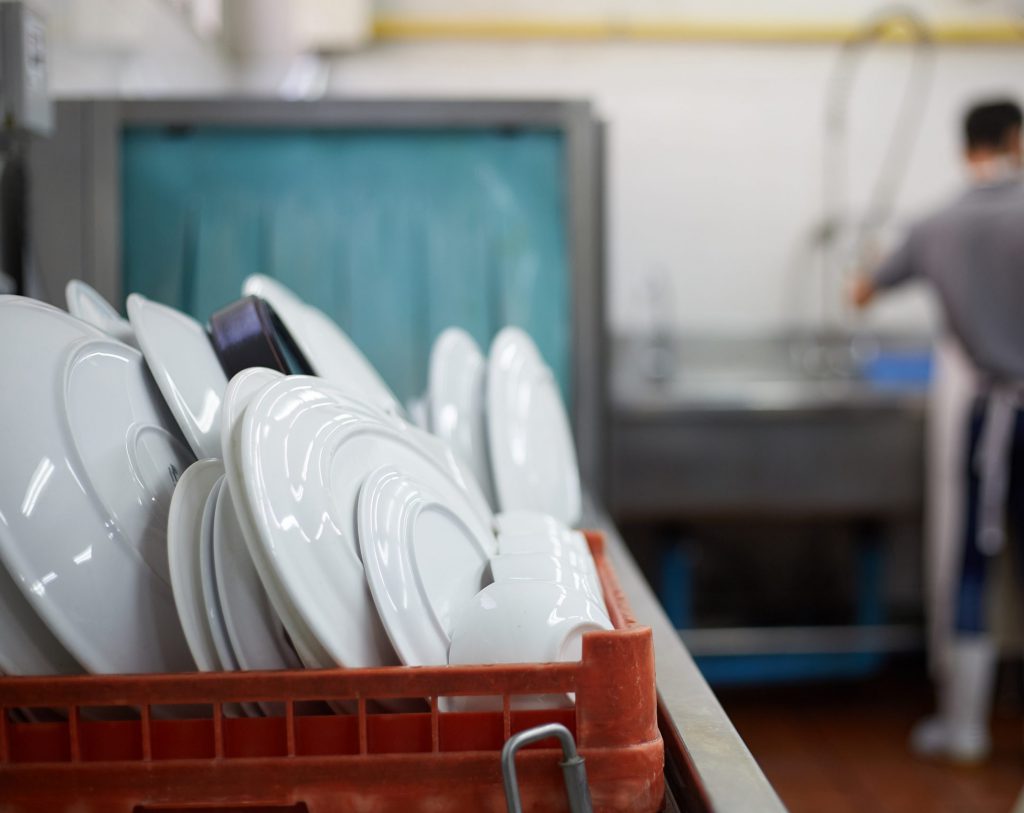Latest News
Marketing & Events Manager
Are you a creative and experienced marketing professional ready to take the lead in driving brand growth and customer engagement along with managing a full events programme across the Garden Centre.
Thetford Garden Centre, a long-established independent family-run business, is seeking a passionate and innovative Marketing & Events Manager to oversee and elevate our marketing strategy. With further exciting development plans, we’re looking for someone who brings energy, vision, and a results-driven mindset.
- Key Responsibilities
- Develop and execute a dynamic marketing strategy aligned with brand guidelines
- Create and manage website content, social media, email campaigns, and visual communications using Adobe Creative Cloud, Meta Business Suite and MailChimp.
- Develop and manage an exciting events programme across all departments
- Work closely with the Senior Management Team to boost sales, footfall, and profitability
- Champion our brand across all customer touchpoints and marketing initiatives
- Lead promotional efforts across product categories and events
What We’re Looking For
- Proven experience in marketing, ideally within a retail environment
- Fluency in Adobe Creative Cloud Suite is essential
- Photography, Videography and editing experience is preferable
- Strong web and digital content management skills using WordPress
- Creative flair with a keen eye for design and detail
- Excellent communication and interpersonal abilities
- KPI-focused and confident in collaborating with cross-functional teams
What We Offer
- Competitive salary
- 28 days holiday
- Company pension scheme
- Staff discount and subsidised staff menu
- Uniform provided
- Access to welfare support
- A chance to join a strong, supportive, and forward-thinking team
If you’re ready to bring your marketing talent to a vibrant retail environment with a loyal customer base and growth mindset, we’d love to hear from you!
Please send your CV to – julian@thetfordgardencentre.co.uk
Mr Julian Chittock, Thetford Garden Centre, Thetford, Norfolk IP24 2RL
Seasonal Weekend Till/Trolley Assistant
Thetford Garden Centre is a long-established independent family business, continually evolving and striving for impeccable retail standards.
Main duties to include:
- To operate the tills and take payment
- To manage trollies in the designated trolley park
- To provide excellent customer service as standard
- To ensure tills and other areas of the business when required
- Must be flexible to cover holiday and overtime
Applicants must be confident, enthusiastic and able to learn quickly. You will be a lasting impression to our customers and so you will have a great responsibility to provide a high level of customer service at all times. Retail experience is preferable but not essential as full training will be given.
Hours of work:
Saturday: 11am – 3.30pm
Sunday: 11am – 3.30pm
CVs to – marie@thetfordgardencentre.co.uk
Thetford Garden Centre, Kilverstone, Thetford, Norfolk IP24 2RL
Barista
This is a great opportunity to join an established family business in our very busy restaurant. Working as a key member of our Front of House team, preparing and serving hot and cold drinks to a consistently high standard whilst keeping your workstation, utensils and equipment clean.
Key Skills Required:
- Previous Barista experience is essential
- A flexible and friendly attitude
- Customer service skills and knowledge
- Enthusiastic to task at hand and the desire to develop new skills
- Ability to do latte art is a big bonus!
Please send your CV to – juan@thetfordgardencentre.co.uk
Here at Thetford Garden Centre, we’re working to create a more diverse, inclusive team that will bring skills, energy, & enthusiasm to our workplace.
Pizza Chef
Are you looking for a career change? This is a great opportunity to join our restaurant, Norfolk Pizza Co. Working as a key member of our kitchen team, serving all fresh, locally sourced produce with a potential for career progression.
Key Skills Required:
- Passion is everything, no experience needed and full training will be provided
- Creativity – the ability to assist in creating new dishes with a hands-on approach and eye for detail
- A positive attitude and outgoing personality are a must
- Have a flexible approach to working
Please send your CV to – james@thetfordgardencentre.co.uk
Here at Thetford Garden Centre, we’re working to create a more diverse, inclusive team that will bring skills, energy, & enthusiasm to our workplace.
Kitchen Porter
This is a great opportunity to join an established business in our successful restaurant. This is a position within our Kitchen team offering full time hours per week in various shift patterns.
The right candidate will need to have experience in a busy working environment, be a good team player and have an interest in good food service. This role can be an opportunity for career progression.
Main duties include:
- To lead and motivate wash up team
- Ensure crockery/cutlery and pots are thoroughly cleaned
- Clean food prep areas and equipment
- Unload food and equipment
- Keep stockroom/fridges/freezers well organised
- Keep work surfaces, wall and floors clean and sanitised
- A positive, can-do attitude is a must
- Applicants must be 18+
Here at Thetford Garden Centre, we’re working to create a more diverse, inclusive team that will bring skills, energy, & enthusiasm to our workplace.
Please send your CV to james@thetfordgardencentre.co.uk .
Weekend Front of House Shift Leader
- Create a positive team environment
- Set clear team objectives and delegate tasks
- Oversee day to day operations training
- Ensure excellent customer service at all times
- Recognise high performance and reward accomplishments
- Excellent communication and leadership skills
- Organisational and time-management skills
- Decision-making skills
- A positive attitude
- Experience in ordering and stock control
This role is for weekends only!
Please send your CV to juan@thetfordgardencentre.co.uk
Thetford Garden Centre, Kilverstone, Thetford IP24 2RL
Here at Thetford Garden Centre, we’re working to create a more diverse, inclusive team that will bring skills, energy, & enthusiasm to our workplace.
Front of House Server – Lime Kiln Kitchen
This role is Full Time.
Main duties to include:
- General catering duties
- Providing good customer service
- To maintain a clean and safe working environment
Applicants must be confident, enthusiastic and able to learn quickly. Minimum of 1 years serving/catering experience is essential.
Weekend availability is essential.
Please send your CV to: Juan Fursse – juan@thetfordgardencentre.co.uk
Thetford Garden Centre, Thetford, Norfolk IP24 2RL
Here at Thetford Garden Centre, we’re working to create a more diverse, inclusive team that will bring skills, energy, & enthusiasm to our workplace.
Sous Chef – Lime Kiln Kitchen
This is a great opportunity for a Sous Chef to join an established business with an in-house, public facing restaurant, working alongside the Head Chef in heading up the kitchen operation. Serving fresh, locally sourced produce in both Lime Kiln Kitchen and Norfolk Pizza Co., you will have a passion for good food and consistently high standards.
Key Skills Required:
- Experience gained working as a Senior Chef de Partie or Junior Sous Chef in busy commercial catering or restaurant operations
- Creativity – the ability to create new menus with a hands on approach and eye for detail
- Running the kitchen in the Head Chef’s absence
- An understanding of legislation and compliance
- A positive, can-do attitude
What we offer:
- Competitive Salary
- Sociable hours
- Tip share
- Career progression
- Employee discount
- Pension
- Paid holiday
CVs and Cover Letter to – james@thetfordgardencentre.co.uk
Mr. James Feuer
Thetford Garden Centre, Kilverstone, Thetford, Norfolk IP24 2RL







